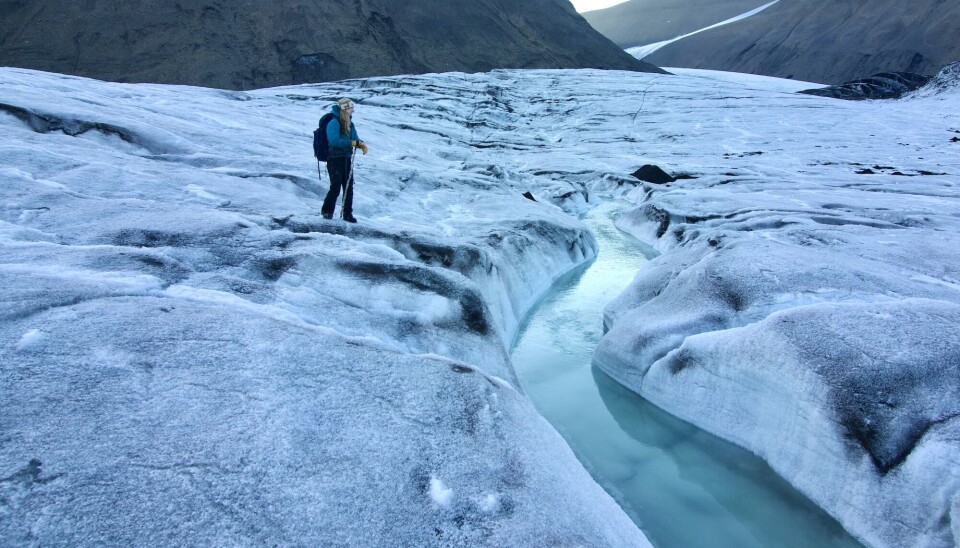
“We are playing with fire. It highlights the urgency for action”
A new study shows that meltwater from glaciers on Svalbard releases methane into the atmosphere. Only a reduction of fossil fuel emissions can help improve the situation, experts warn.
Scientists in Norway have observed for the first time that meltwater from glaciers on Svalbard is helping to release ancient methane deep in the rocks into the atmosphere, Centre for ice, Cryosphere, Carbon and Climate (iC3) reported.
Methane is the most powerful greenhouse gas, with a warming potential 84 times greater than that of CO2 over a 20-year period, and has so far been responsible for around 30% of the current rise in global temperatures.
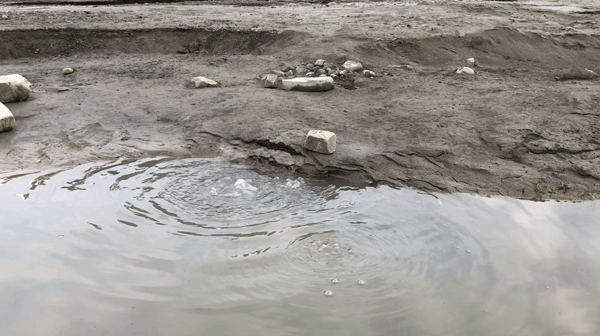
Methane bubbles up constantly from vents in groundwater pools in front of Vallåkrabreen glacier on Svalbard. Video: Gabrielle Kleber.
To study a particular glacier on Svalbard, iC3 scientists Gabrielle Kleber and Leonard Magerl from the UiT The Arctic University of Norway lived in a remote cabin for a total of 9 months. The researchers told the Barents Observer that there are many small valley glaciers throughout the Arctic, with 1,400 in Svalbard alone. These small glaciers had previously been overlooked for their potential to release methane.
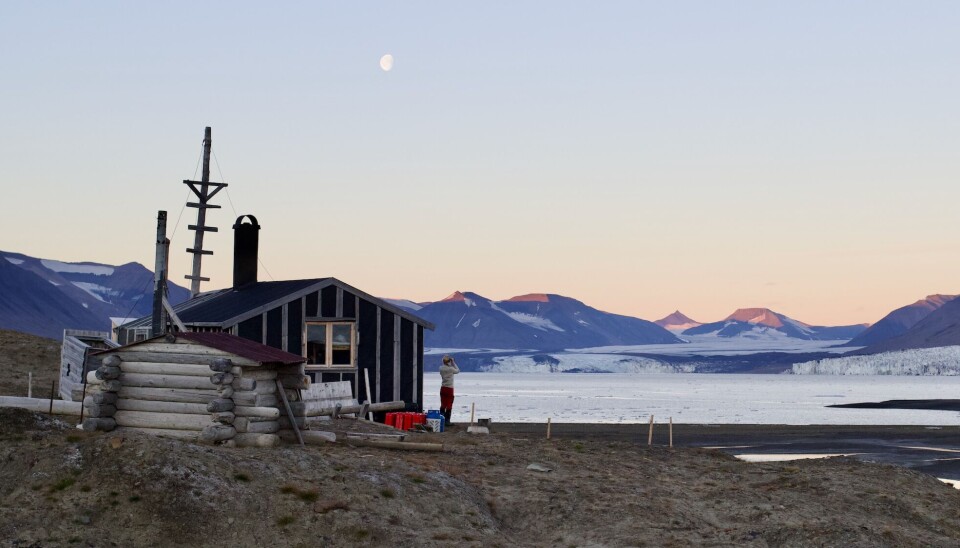
“The Svalbard methane reservoir is estimated to be up to 21,000 Pg of carbon. You can compare this to the fact that our current atmosphere only contains about 780 Pg of carbon. So the source of methane on Svalbard is seemingly limitless”, Dr Gabrielle Kleber told the Barents Observer and added that the newly discovered mechanism by which methane is released into the atmosphere is a consequence of global warming:
This means that even when we're able to curtail our (human-made) emissions, we may still have these secondary effects that we've triggered and will continue to release carbon… It highlights the urgency for action, before we trigger too many of these processes that we cannot stop”, Dr Kleber told the Barents Observer.
Previously, it was thought that only large ice sheets would transport significant amounts of methane in their rivers. However, the field work has shown that even small rivers can have a major impact.
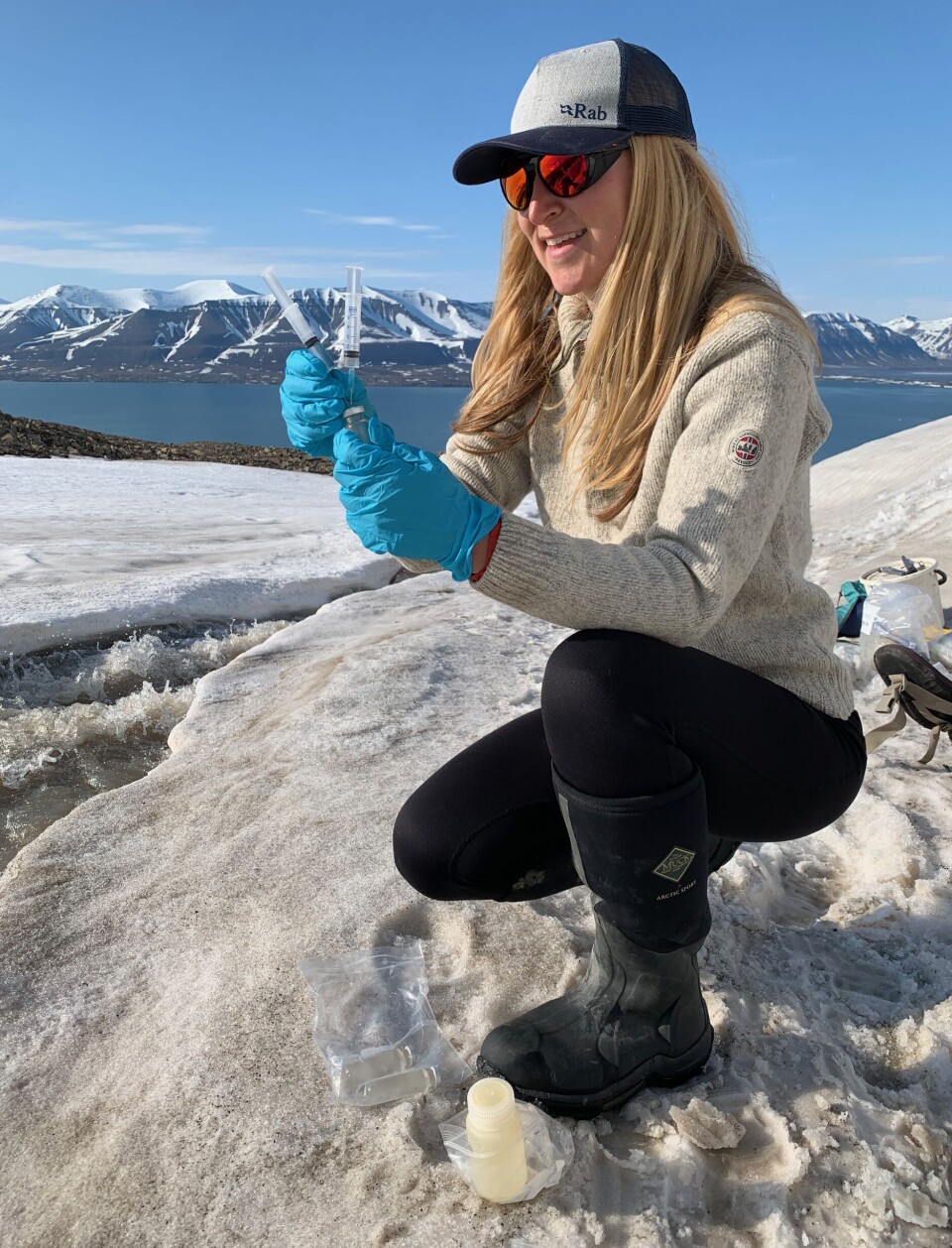
“The glacier that we studied was only 3% the size of the section of the Greenland Ice Sheet that's been studied previously, yet the emissions we estimate are up to 36% the emissions,” Dr. Kleber said.
Unlike the Greenland ice sheet, where the methane is thousands of years old, the methane that's being released on Svalbard is about 250 million years old. This means that it's the same kind of methane and natural gas that humans use in the oil and gas industry.
Researchers point out that this creates a vicious circle, as human activity is the biggest contributor to the planet's greenhouse effect.
Experts warn that the emissions from the oil and gas industry are driving emissions from Svalbard's rivers. Meanwhile, this industry is something that people can control:
“This is dangerous because we don't know when we will reach a point in these natural systems where we cannot stop or slow them down, known as a 'tipping point.' These climate-sensitive systems are complex, and we do not fully understand them, so we are playing with fire by pushing them to points where we can't predict their response and they may release more and more methane.”
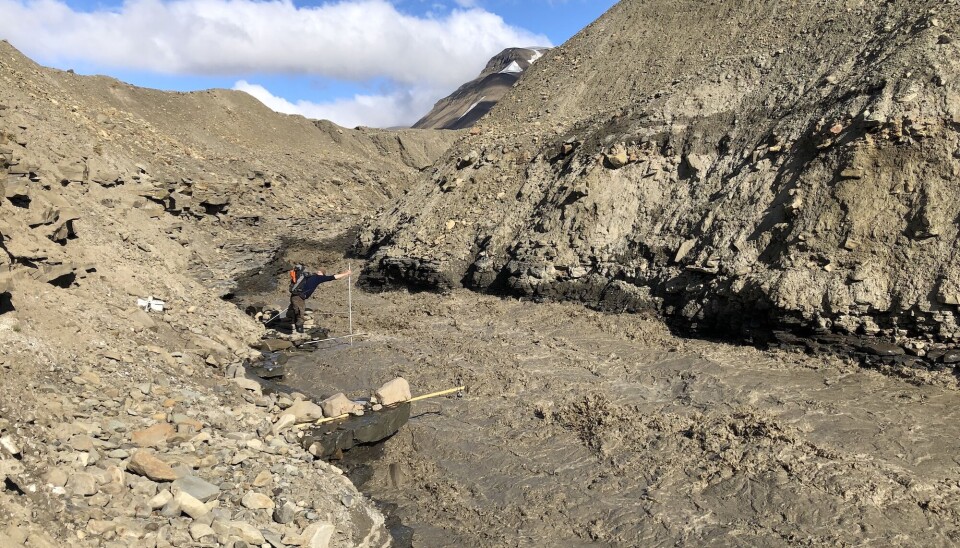
Once this carbon is released into the atmosphere, it will take many thousands or millions of years for it to be buried again.
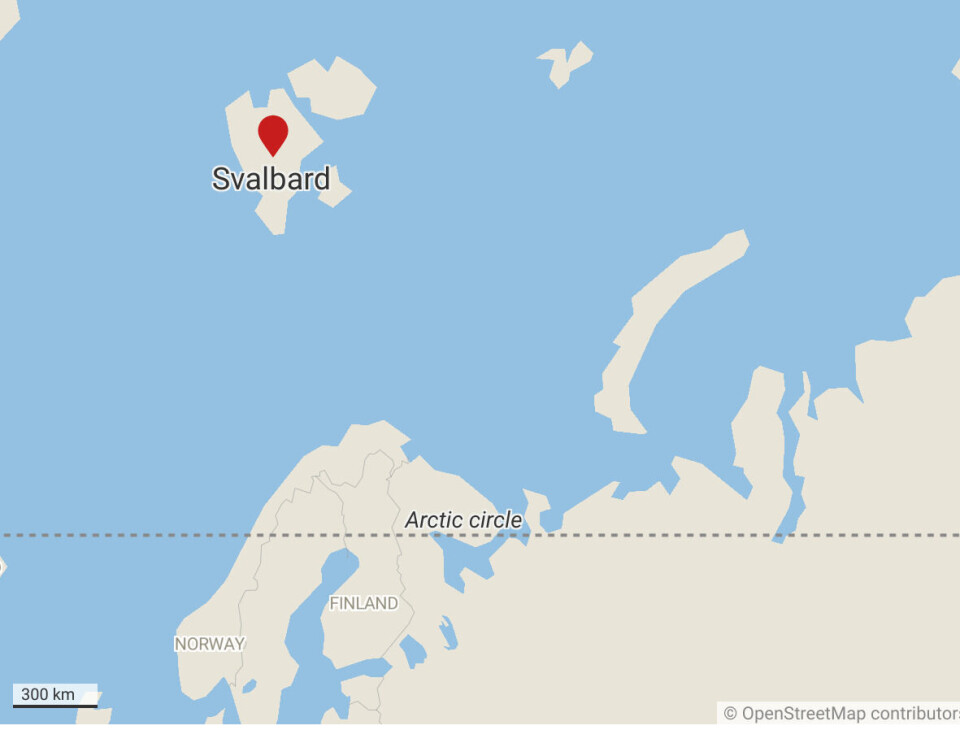
“Methane stays in the atmosphere for about 10 years before it is converted naturally into carbon dioxide (CO2). That CO2 will stay in the atmosphere for up to 1000 years. Since we add carbon to the atmosphere through our emissions at a rate that is faster than it can be removed, the atmospheric concentrations continue to grow,” Dr. Kleber told the Barents Observer.
This contributes to “the greenhouse effect” of the planet wich results in recent record-breaking floods, wildfires, heatwaves, and sea-ice losses.
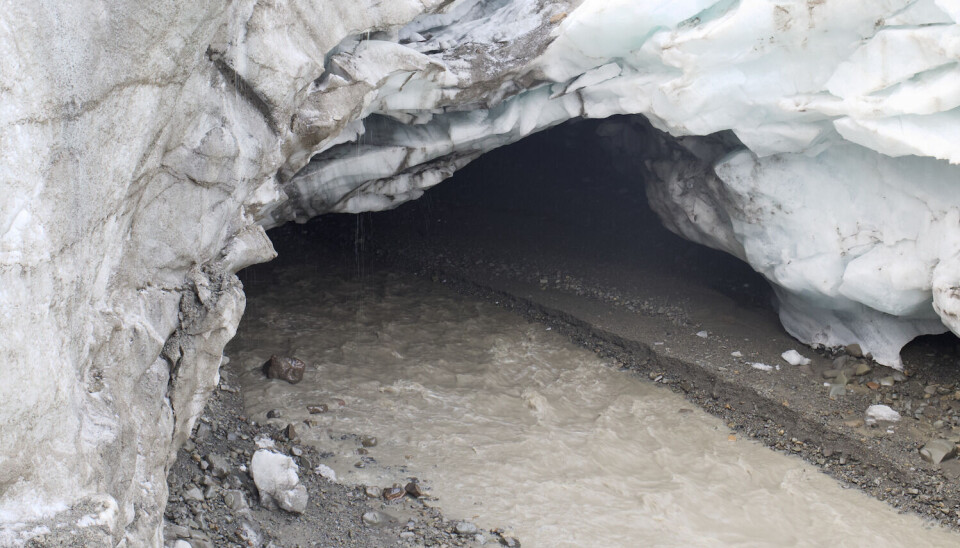
BO: What can we do to make the release of that methane on Svalbard less, or is it possible to stop it?
“We can only slow down future releases of this methane and other climate-sensitive methane sources (ie. permafrost), and the only way we can do that is to drastically cut our anthropogenic emissions so that we slow down the warming of our planet,” Kleber said.














